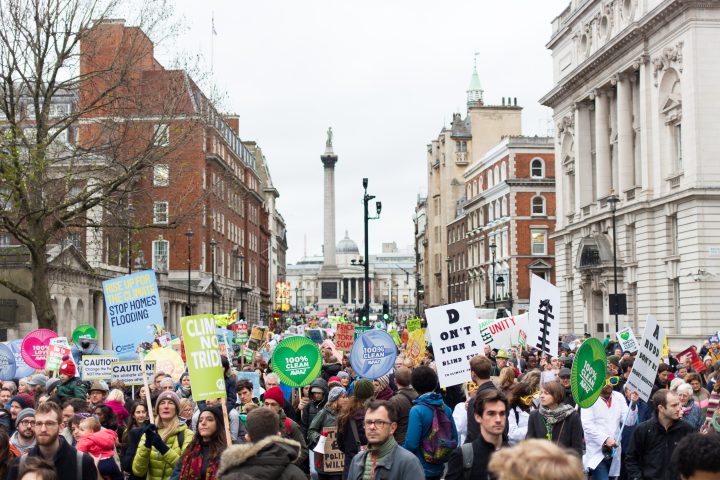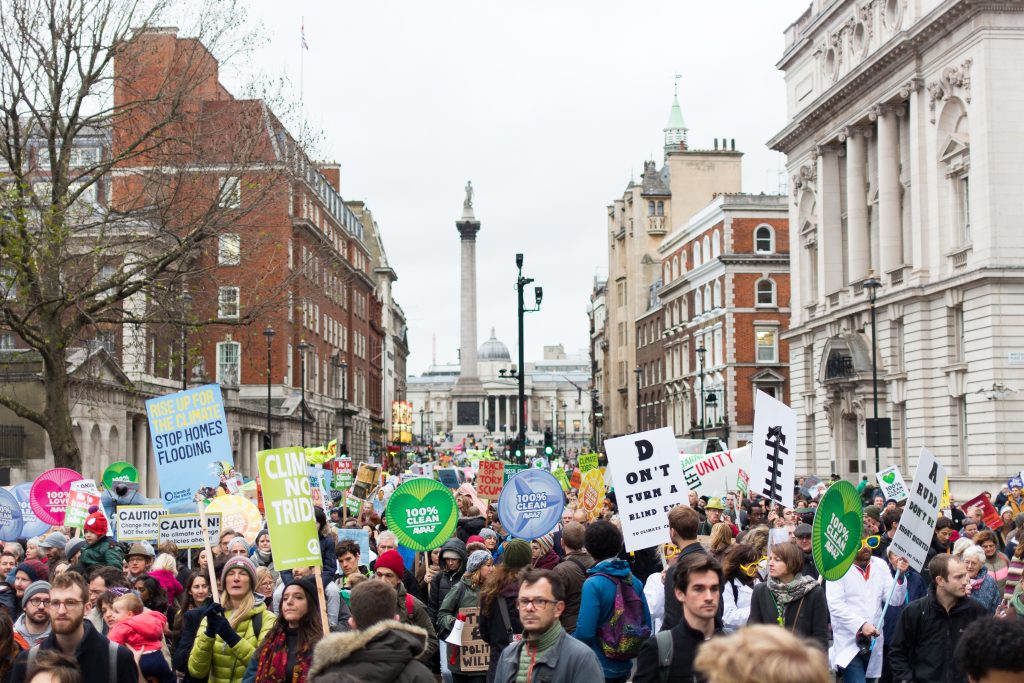

Loss and damage breakthrough at COP27
As the United Nations Climate Change Conference (COP27) comes to a close, the same question is again at the forefront of climate talks, but the answer may be different: Who will pay for the impacts of climate change? Well, we all will, but not in a way that reflects the role we play in contributing to global warming. The truth that should come as no surprise is that industrialized economies—who are the major emitters of carbon emissions that have done the most to contribute to climate change—are not, and likely will never experience the scale of impacts of global warming that smaller nations and less developed economies will. Essentially, those who are most vulnerable to the effects of climate change have done the least to contribute to it. This injustice has led to calls for climate reparations. This type of climate financing is not solely focused on mitigation and adaptation, but rather on the loss and damages caused by global warming. Proponents describe it as a form of climate reparations to pay for the irreversible losses of income, culture, biodiversity, and lives.
In 1991, a group of small island nations raised the issue of loss and damages in relation to the irreparable damage they face because of sea level rise. Since then, those countries, and others, have attempted to quantify the cost of climate change and argue that wealthier nations, who have caused climate change, should be remunerating them for the damages. According to Vulnerable Twenty Group—composed of finance ministers from fifty-eight nations—it is estimated that its member states have lost $525 billion, or about one fifth of their wealth, over the past two decades due to climate change. The concept of loss and damage has been gaining traction since 1991, but not at the pace which some would like. Famously, at last year’s climate negotiations in Glasgow (COP26), countries refused to commit to a loss and damage fund, as they did not want to be held liable for payments. This all changed in the wee hours of Friday night.
After two weeks of negotiations at the United Nations’ (UN) COP27—held in Egypt—the last day of the conference saw developed nations announce their agreement to a loss and damage fund to help poorer countries cope with climate disasters. This is a major breakthrough in one of the most contentious climate change issues, as poorer nations have been petitioning for such a financial commitment for over thirty years. “The announcement offers hope to vulnerable communities all over the world who are fighting for their survival from climate stress,” said Sherry Rehman, Pakistan’s minister for climate change. “And gives some credibility to the COP process.”
Negotiators, activists, and leaders of nations should be lauded for this major achievement, but many roadblocks still remain to what a loss and damage scheme means in reality. For starters, countries cannot be held legally liable for payments. Instead, the deal calls for a committee with representatives from twenty-four countries to iron out the details over the next year as to what form the fund will take, which countries should contribute, and where the money will go. For example, according to the UN, China is still labelled a developing country, and the United States and European Union (EU) are pushing for assurances that China will not be eligible to receive money from the fund and should contribute to it. This is likely to be contentious, as China has resisted being treated as a developed country in climate talks, despite being the second largest economy and now the world’s biggest emitter of greenhouse gases. Furthermore, because this is not a legally binding agreement, there is no guarantee that countries will contribute money into the fund. More than a decade ago, the world’s richest nations, including the United States, Canada, Australia, Britain, and Japan committed to giving $100 billion a year by 2020 to poor nations for climate adaptation and mitigation projects, yet they are still falling short by billions annually. We have seen time and time again at climate conferences that what countries commit to is not what they are always able to follow through on. This is still a big step in the right direction, however. Some will say it does not go far enough, but it does exceed expectations that previous COPs have failed to live up to by pushing conversations on loss and damages to the wayside. As is the case with the 1.5 C commitment, ambitions to decarbonize and stop using fossil fuels by industrialized countries will now be closely scrutinized to see if they can make good on the promise to help poorer countries cope with climate disasters.
